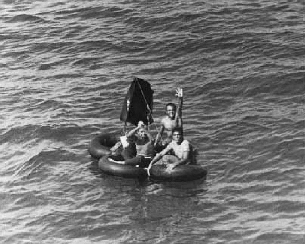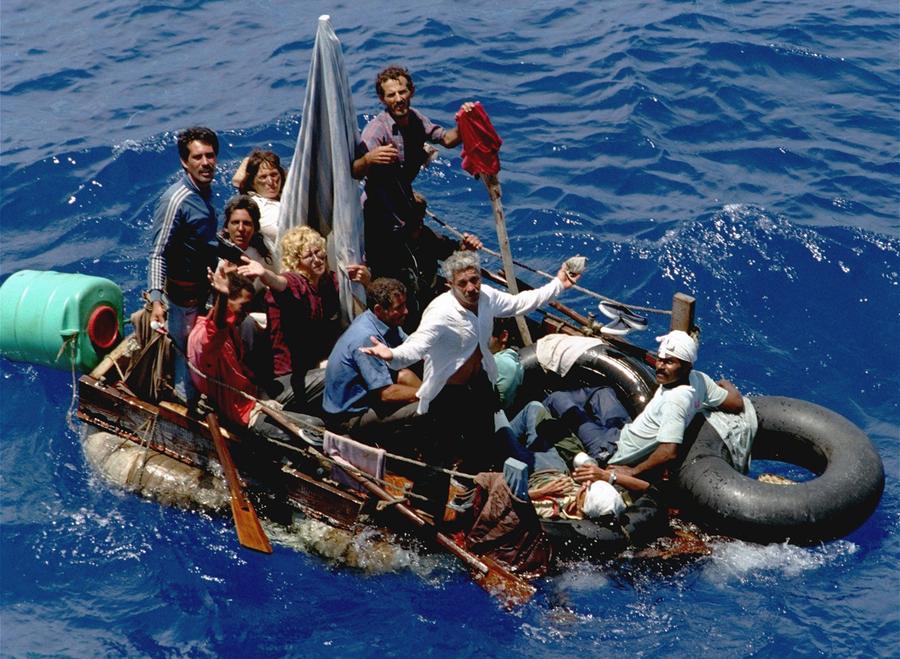Recent History
The third Cuban migration had just happened 22 years ago and was different from the preceding two because the immigrants were not like their ancestors who had emigrated illegally nor were they like the second wave immigrants who had come to Florida to escape from Fidel Castro’s rule (Garcia IX).
Los balseros was the name given to the 1994 wave of immigrants from Cuba to America - the last great wave. The Spanish word itself refers to the small boats, homemade rafts, and other marginally boat-like flotation devices in which Cubans made the perilous journey from one coast to the other, avoiding American Coast Guard patrols to make it safely to land and thus safely to asylum. As opposed to earlier decades in which the Cuban government would persecute citizens caught attempting to leave by sea - imprisonment being one of the more merciful punishments - Cuba loosened its seaward emigration restrictions and gave its “tacit (Garcia)” approval to those who wished to leave. This move, however, should not be construed as magnanimous. These dangerous journeys often fragmented families; even after the legal ban was lifted, people who wished to cross the 90 miles of open water to Florida still had to contend with the dangers and the caprice of the sea in 'boats' sometimes so flimsy as inner tubes, and so it was only the bravest, most able, or most desperate who attempted it. Furthermore, in addition to the lack of provisions for people wishing to flee, this legislative change of heart was little more than a political move aimed at showing the US the desperation the embargo on Cuba was causing its people (Garcia). There were paradoxes in US policy, too. The US Coast Guard was obligated to attempt to stop and then deport the balseros while in the water, but once they reached dry land they were automatically eligible for asylum (Garcia). 

In one five-week period, which truly captures the essence of the balsero wave, “the US Coast Guard picked up 30,305 Cubans at sea (Garcia).” The balsero wave was perceived as something of an immigrant crisis and the Clinton administration made several attempts at convincing the Castro regime to place restrictions on maritime emigration once more. Ultimately, the Castros agreed, and the US opted to pick an annual 20,000-person quota for Cuban immigrants (Garcia).